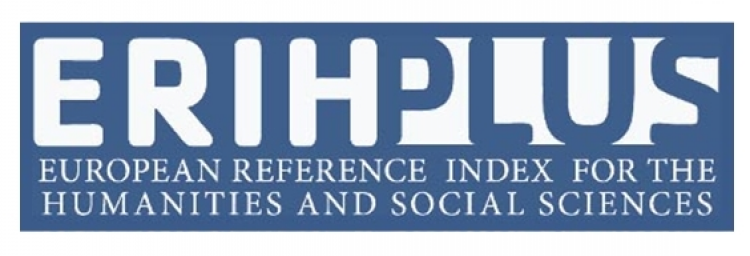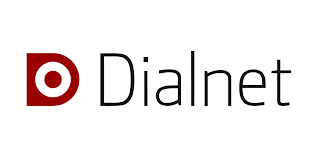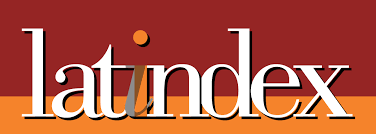The learning contract as a strategy for collaborative learning in the subject "Professional Tools for Translation"
DOI:
https://doi.org/10.21071/skopos.v4i.4366Keywords:
learning contract, collaborative learning, Translation and Interpretation Degree, Professional Tools for Translation, labour market.Abstract
The creation of the European Higher Education Area (EHEA) has raised the need to review the teaching practice and assemble tools which facilitate the integration of graduates in the labour market. In this paper, we analyse the use of the learning contract (T. Franquet, 2006) as one of the tools that encourage collaborative learning through the subjects of Translation and Interpretation Degree, specifically in the subject called Professional Tools for Translation. This work is the result of a study conducted during the period 2012-2013, in which the learning contract has been implemented as a strategy for collaborative learning (Serrano and Gonzalez Herrero, 1996).Downloads
Download data is not yet available.
Published
2014-06-01
How to Cite
Veroz González, M. A. (2014). The learning contract as a strategy for collaborative learning in the subject "Professional Tools for Translation". Skopos. Revista Internacional De Traducción E Interpretación, 4, 223–241. https://doi.org/10.21071/skopos.v4i.4366
Issue
Section
Artículos de investigación
License
Política propuesta para revistas que ofrecen acceso abierto. Aquellos autores/as que tengan publicaciones con esta revista, aceptan los términos siguientes:
- Los autores/as conservarán sus derechos de autor y garantizarán a la revista el derecho de primera publicación de su obra, el cuál estará simultáneamente sujeto a la Licencia de reconocimiento de Creative Commons que permite a terceros compartir la obra siempre que se indique su autor y su primera publicación esta revista.
- Los autores/as podrán adoptar otros acuerdos de licencia no exclusiva de distribución de la versión de la obra publicada (p. ej.: depositarla en un archivo telemático institucional o publicarla en un volumen monográfico) siempre que se indique la publicación inicial en esta revista.
- Se permite y recomienda a los autores/as difundir su obra a través de Internet (p. ej.: en archivos telemáticos institucionales o en su página web) antes y durante el proceso de envío, lo cual puede producir intercambios interesantes y aumentar las citas de la obra publicada. (Véase El efecto del acceso abierto).








